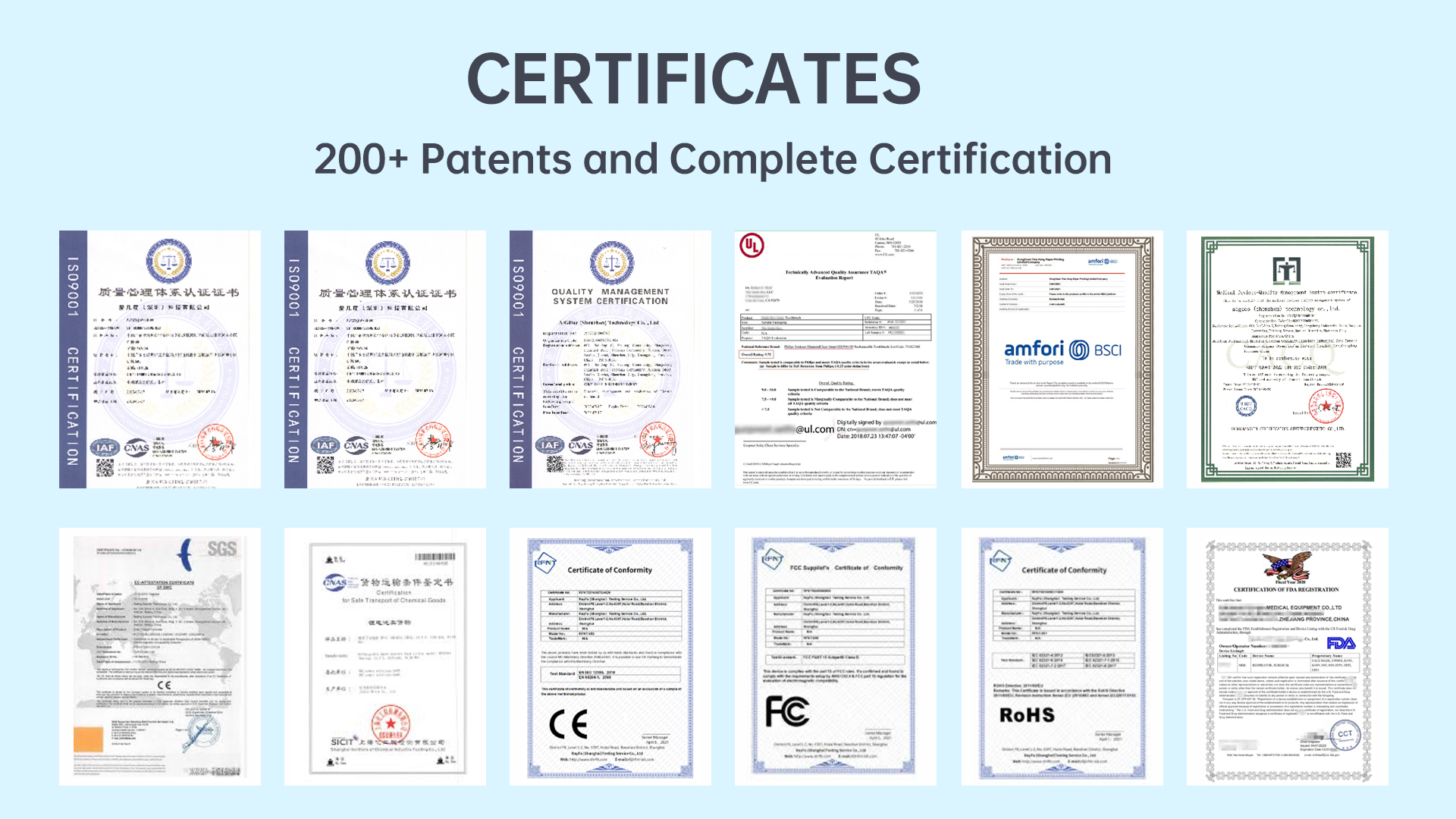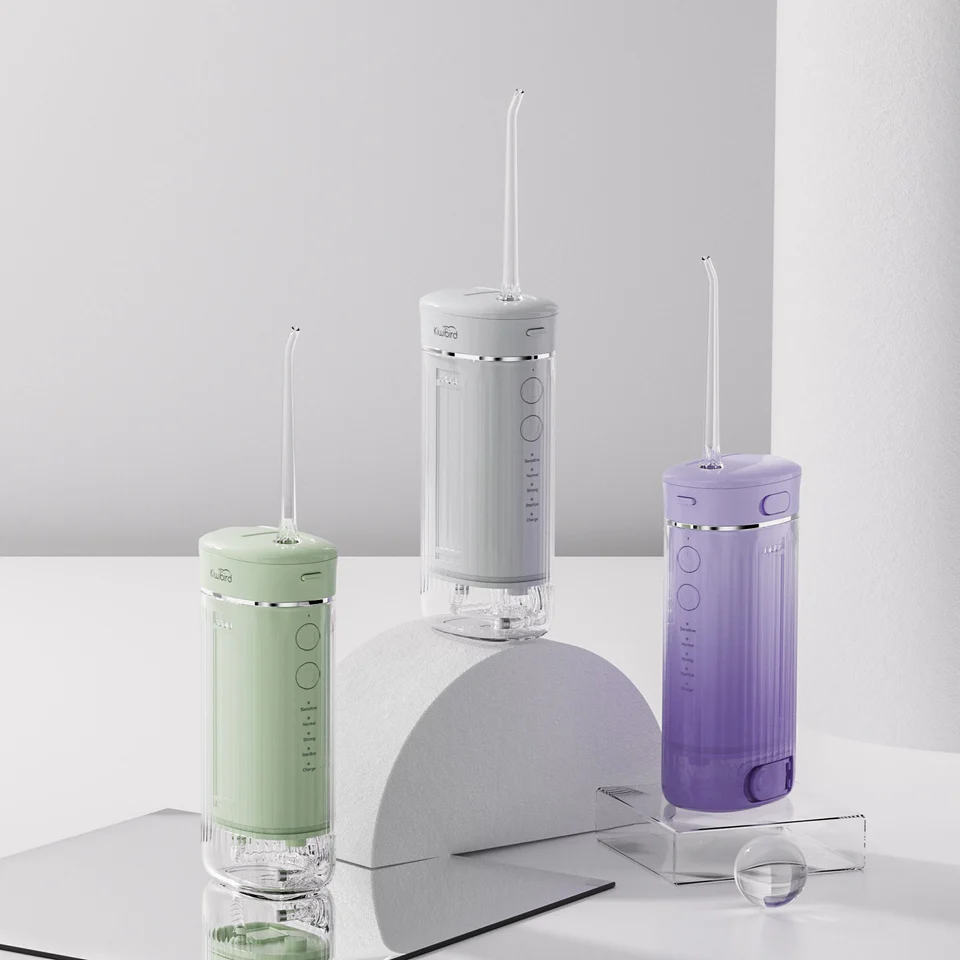In the development and quality control of electric personal care devices, such as sonic toothbrushes or water flossers, the simultaneous occurrence of pulse instability and unexpected noise spikes often signals a deeper issue within the motor system. These symptoms are not to be dismissed as minor annoyances—in fact, they may be early warnings that the motor is nearing the end of its functional lifespan. But is the motor really dying, or are these signs of something fixable?
Pulse instability refers to irregular fluctuations in the electrical pulses delivered to the motor, causing inconsistent performance. The causes include:
When pulses become unstable, the motor’s rotation speed or oscillation frequency changes unpredictably, affecting device performance and user experience.
Noise spikes—sudden increases in operational sound levels—are often symptomatic of:
The presence of noise spikes is rarely isolated; it often occurs alongside electrical or mechanical instability. Company web:https://www.powsmart.com/product/electric-toothbrush/
Yes, these two issues are commonly interlinked. Here’s how:
Thus, these symptoms together often indicate a deteriorating or soon-to-fail motor system.
The consequences of ignoring pulse instability and noise spikes include:
For B2B brands, these risks directly impact reputation, market competitiveness, and profitability.
The root causes of these issues often trace back to:
Addressing these weaknesses at the design and production stages is essential to prevent performance decline.
Manufacturers can mitigate these risks by:
Such improvements can extend motor life and ensure consistent, quiet operation.
In summary, the pairing of pulse instability and noise spikes is rarely a coincidence; it is a strong indicator of deeper motor health issues. Whether these symptoms signal inevitable motor failure or a preventable problem depends on the manufacturer’s choices in design, materials, and quality control. For OEM/ODM producers, addressing these risks proactively means safeguarding product reliability, reducing returns, and enhancing customer trust. Contact us
.jpg)
-1024x1024.jpg)

Benefits of Electric Toothbrushes: Why Brands Should Invest in electric toothbrush Quality Manufacturing
.jpg)
sonic electric toothbrush Little Rock
.jpg)
Water Flosser Advantages: Key Selling Points for Brands to Highlight
Mucosal Irritation with Chemical Residues – Toxic?
.jpg)
How Brands Can Achieve Higher Margins with Premium Water Flossers

How to Choose an Electric Toothbrush Factory for Superior Cleaning Power?

Competitive Water Flosser Features That Drive Sales
Battery Leakage and Circuit Corrosion – Dangerous Duo?
Incomplete Flushing after Flow Interruption?
Taste Alteration After Tray Misalignment – Coincidence?

The Rising Market Potential of At-Home Teeth Whitening Devices
Cavity Risk from Taste Residue?
Weak Vibration Plus Sensor Failure – Double Malfunction?
Nozzle Blockage Causing Pressure Loss?
Charging Port Damage Triggering Bristle Shedding – Related?
Enamel Thinning from Weak Pressure?

electric toothbrush heads Ultra Soft

Customization Teeth Whitening Gel

Electric toothbrush heads Charcoal Infused-Diamond

electric toothbrush heads Regular Clean

Private Label Whitening Gel
.jpg)
Florida Electric Toothbrush – Powsmart PTR-C8

electric toothbrush heads Charcoal Infuse-Round

electric toothbrush heads Deep Clean
whstapp
whstapp
National Toll-Free Service Hotline
+86 755 86238638